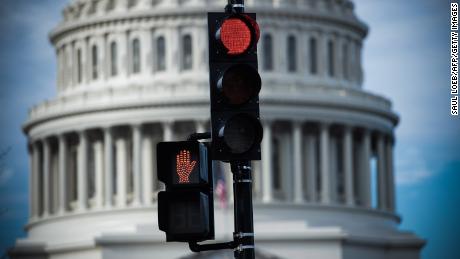- Joined
- Apr 18, 2013
- Messages
- 94,153
- Reaction score
- 82,415
- Location
- Barsoom
- Gender
- Male
- Political Leaning
- Independent
This is Trump's economy, two years in

Agglomerated, Trumps policies have had a negative net-affect on the economy. Federal debt is up and the federal deficit is ballooning. Very little "trickle-down" from Trumps tax bonanza for the wealthy and corps.

1/20/19
President Donald Trump's third year in office begins with the federal government shut down, global growth slowing, and a stock market in turmoil. The economic policy decisions of the first half of his term accelerated growth in 2018, but most forecasts show that momentum evaporating going forward. An enormous tax cut and continued spending growth added rocket fuel to a slow recovery that started in 2010 in the wake of the financial crisis. At the same time, an array of tariffs have upended supply chains and raised prices, throwing businesses into a fog of uncertainty. A year ago, Trump could still have laid blame for the condition of the economy on his predecessor. Today, it's his to own, for better or worse. "Net-net we're doing slightly better, especially in the short run, because the fiscal stimulus probably has greater upside weight than the negatives, which tend to be longer lasting and more prolonged," says Greg Daco, chief US economist at Oxford Economics. "The economy has really eaten its cake, and doesn't have much left on the table." Here are the major ways the Trump administration has impacted the economy so far.....
The Tax Cuts and Jobs Act of 2017 dumped billions of dollars into the US economy, and even more came from Trump's first budget, which beefed up the Department of Defense and cut little else. Much of the cash went back to shareholders in the form of stock buybacks. The Tax Policy Center estimates the tax cuts added 0.8% to gross domestic product in 2018, at a time when growth globally was petering out.
Trump's trade policy has been an emotional rollercoaster for businesses that depend on either imported components or overseas markets. Oxford Economics estimates the tariffs shaved between 0.1 and 0.2% off of growth in 2018, and the Tax Foundation projects they will eliminate 94,303 jobs over the longer run.
The White House has consistently talked up its effort to cut "red tape" as a major accomplishment in freeing businesses to be more productive rather than spending time and money complying with federal rules. A report released recently by the Office of Information and Regulatory Affairs claims that the cost savings amount to $33 billion since Trump took office. That's not much in the context of a $20 trillion American economy, as the Brookings Institution pointed out. And many of those savings estimates depend on not counting the economic consequences of the additional risks to health and safety that come with lifting regulations — much of which is eventually borne by the government.
Sometimes you don't have to have an official economic policy in order to have an economic effect — all you need is tweets. It's apparent in other dimensions as well. Foreign direct investment in the US dropped sharply in 2017 from the previous two years and actually turned negative in the second quarter of 2018. That means foreign businesses are less interested in building factories and buying companies in the US. And it may be taking a toll on America's attractiveness to foreign scientists and engineers, who are choosing employers in Canada over those in the US. "Restrictions and delays in visa and passport applications have weighed down on immigration," says Daco, of Oxford Economics. "From an economic perspective immigration is a positive, so reducing immigration has weighed down on the economy."
Agglomerated, Trumps policies have had a negative net-affect on the economy. Federal debt is up and the federal deficit is ballooning. Very little "trickle-down" from Trumps tax bonanza for the wealthy and corps.
